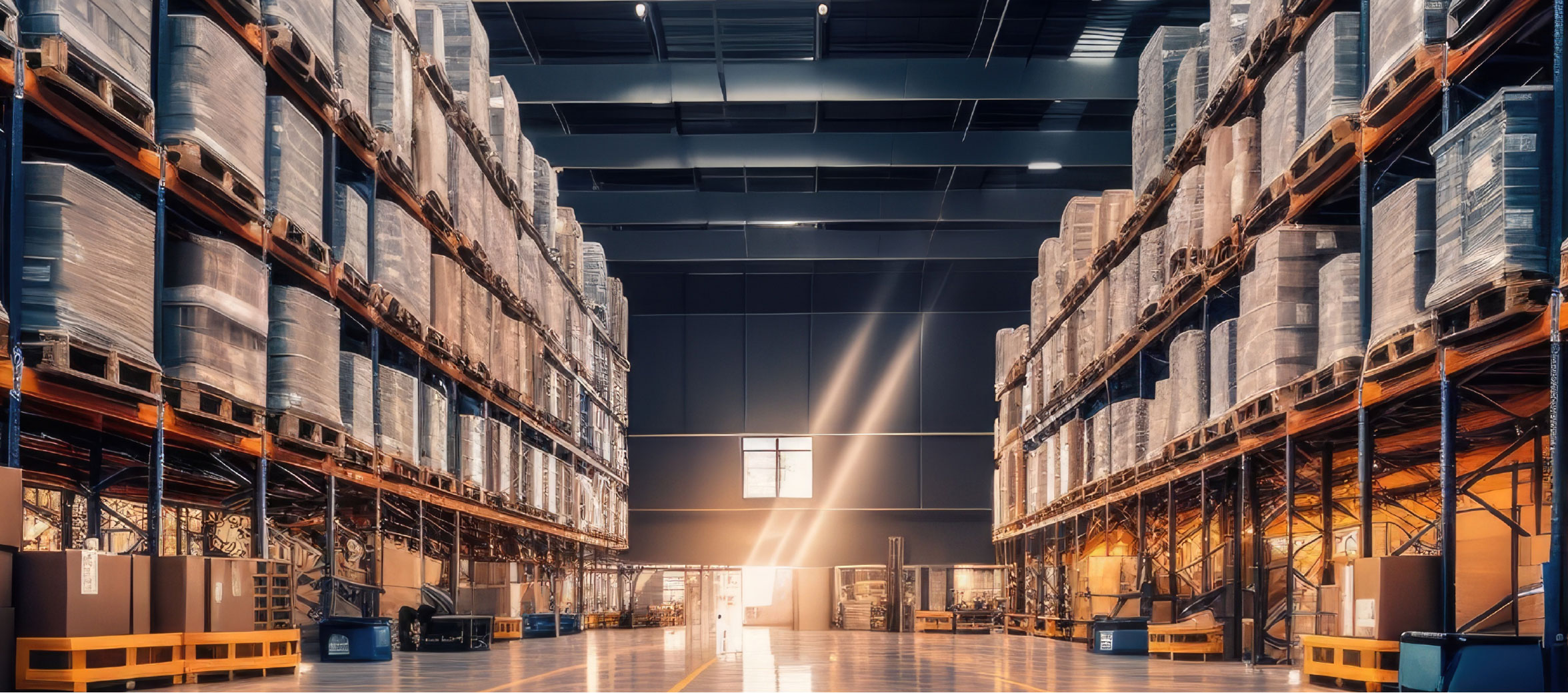In addition to offering insights that guide best practices among the world’s leading players in high-standard logistics development and operations, the report delves into key sustainability issues related to logistics real estate. It covers everything from occupancy strategies and development trends to asset management and investment—focusing on what matters most today and what should be considered for the future.
The five main themes explored in the report are:
- The link between location and carbon: the choice of logistics center location and supply chain configuration significantly impacts carbon emissions. Optimizing location reduces not only financial costs but also environmental impact—especially since transportation is the largest contributor to emissions.
- Sustainable construction of logistics properties: design and construction practices are evolving to minimize environmental impact, emphasizing the use of low-carbon materials, energy efficiency and future-proofing buildings.
- Sustainable management of existing assets: most logistics properties are already operational, so enhancing the sustainability of these assets is critical. Solutions such as solar panel installation, improved lighting, and energy management technologies are discussed as effective ways to reduce emissions.
- Investment in sustainability: investors are increasingly focused on assets with sustainability certifications such as LEED and GREENBUILDING. Sustainable properties tend to have higher market value, lower risk of depreciation and stronger tenant appeal.
- Social and community impact: beyond environmental benefits, sustainable logistics development also aims to enhance social impact, through the creation of green spaces and community engagement efforts, promoting better integration with surrounding neighborhoods.
These topics reflect the growing importance of sustainability in logistics operations and industrial real estate development.

